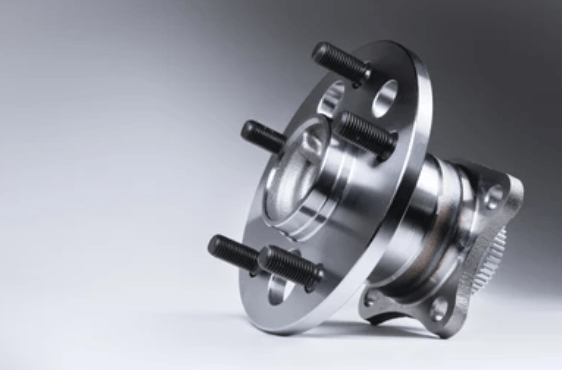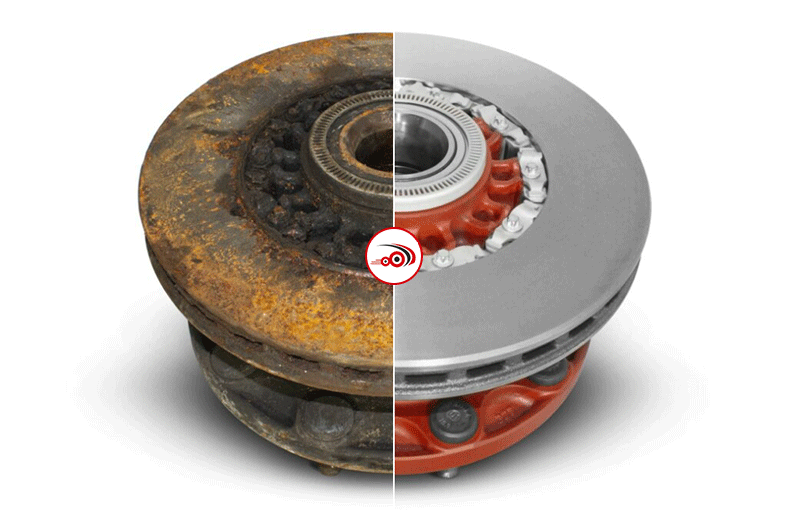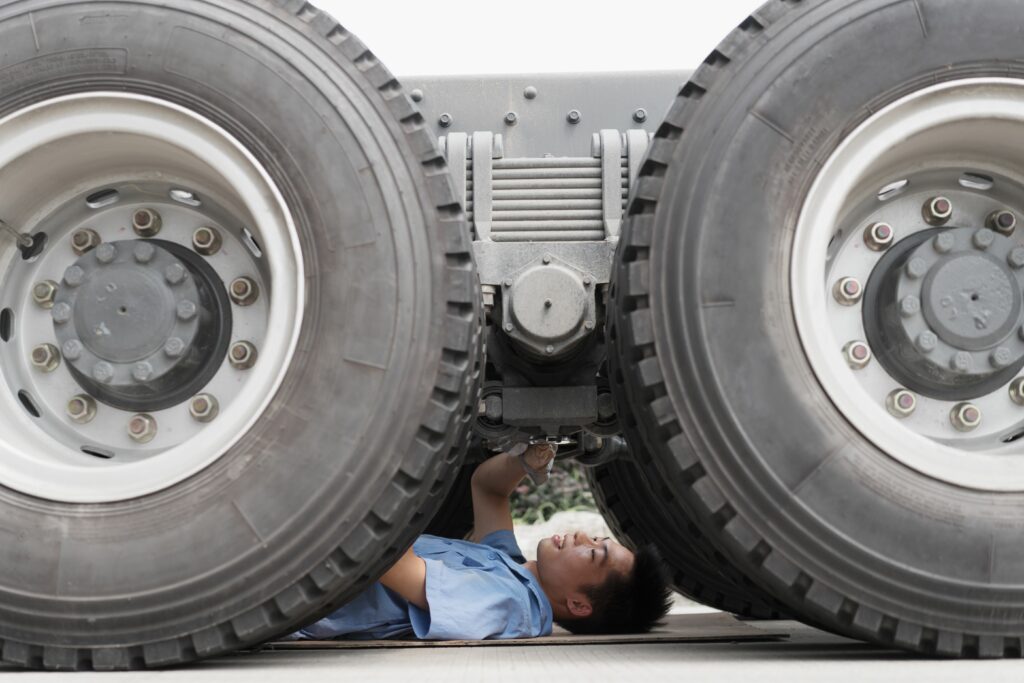
The wheel hub assembly on a commercial vehicle such as an HGV or coach has a big load to carry. It has to be tough enough to cope with carrying heavy weight over a variety of terrains, surviving impact and ensuring the safety of the vehicle. The wheel hub bearing unit contributes to the smoothness of the ride, its fuel efficiency, and the integrity of anti-lock braking systems. It is also a critical part of the steering system, enabling the vehicle to turn freely and to make handling much easier.
Over time, an HGV will encounter potholes and other hazards that cumulatively create impact damage to your wheel hub. When this happens it’s important to address the issue as quickly as possible.
What causes wheel hub failure and what are the wheel hub failure symptoms you need to look out for?
What are the causes of wheel hub failure?
There are a number of potential causes of wheel hub failure. The most common are:
- Insufficient or improper lubrication
If the bearings inside the hub assembly have not been properly lubricated, excessive friction can lead to accelerated wear and tear.
- Contamination
Contaminants such as dirt, water, and debris can enter the wheel hub assembly, compromising its integrity. Over time, these contaminants erode the bearings and seals, gradually impairing their ability to function effectively.
- Axle Misalignment
When axles are misaligned they exert uneven pressure on the wheel hub assembly that leads to accelerated wear on certain parts. The misalignment can be caused by accident, suspension issues and installation.
- Corrosion
HGVs and other commercial vehicles are frequently exposed to harsh weather conditions, road salt, chemicals and moisture. All of these can have a progressive impact on the wheel hub assembly. This corrosion weakens the structural integrity of the components and increases the risk of failure.
Wheel hub failure symptoms
There are a number of wheel hub failure symptoms that drivers should be alert to that may suggest a wheel hub has failed or is close to failure. These include:
- Unusual noises
Strange noises such as grinding, rumbling, clicking or humming sounds, particularly when the vehicle is in motion may indicate worn-out or damaged bearings within the wheel hub assembly.
- Vibration
When a wheel hub assembly is approaching failure it can cause considerable vibrations in the vehicle. These will usually become more pronounced as the vehicle’s speed increases. This will often be felt through the steering wheel or the floor of the vehicle.
- Wheel Movement
Wheel movement, sometimes known as wheel play, when the wheel is pulled or pushed can be an indication of a loose or worn wheel hub assembly.
- Uneven Tyre Wear
When a wheel hub bearing is close to failure it can result in uneven tyre wear. If the hub assembly is not properly supporting the wheel, irregular wear patterns may develop.
- ABS Warning Light
In some instances, an ABS warning light may indicate that the wheel hub bearing is failing. This is because the wheel speed sensor is typically integrated into the wheel hub assembly.
Timely replacement of worn or damaged wheel hub assemblies is essential to maintain optimal performance and minimise the risk of accidents caused by wheel hub failures. It’s important to be alert to potential wheel hub failure symptoms and take action if necessary.
At CV Hubs & Bearings, we can advise about wheel hub safety, failure and replacement.
If you have any questions or would like to know more about our services, call +44 (0) 161 370 3344 or contact us online.
Back to news

